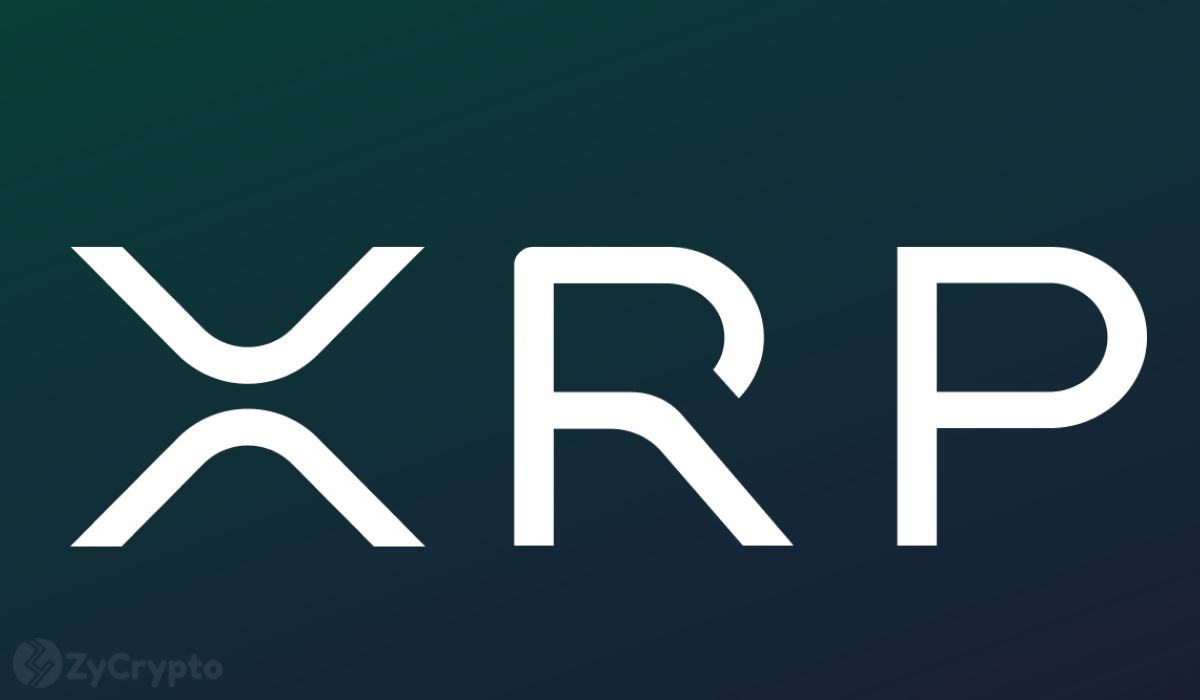ARTICLE AD BOX

- Ripple is gaining ground in the cross-border payments market, challenging SWIFT’s blockchain-based solutions.
- The company has formed key partnerships with fintech firms like Airwallex and Nium.
A recent global investment bank Houlihan Lokey report highlights Ripple’s growing role in the cross-border payments market. SWIFT has long dominated this market, but Ripple, which offers payment solutions through blockchain, is quickly closing in on SWIFT.
The report, published in April as part of a market update, shows how the payment industry is changing cross-border transactions. In a recent post on X, renowned XRP community figure WrathofKahneman (WOK) highlighted the report.
April market report on xborder payments from investment bankers Houlihan Lokey mentions #Ripple as a Swift challenger along with other fintechs, many of which use Ripple and some #XRP.https://t.co/2rKLFYTz3z pic.twitter.com/lgyDUV1JCn
— WrathofKahneman (@WKahneman) September 30, 2024
The cross-border payment sector processes approximately $190 trillion in transactions every year. Despite its relatively small size, the market is highly fragmented, and traditional banking services depend on intermediaries, which makes the process costly and cumbersome.
This has led to the creation of a gap filled by technologies such as blockchain to streamline operations, cut costs, and increase efficiency.
Ripple’s technology solution is built on a blockchain, making it a potential threat to competitors. Due to its ability to provide quicker settlement, lower charges, and higher security than traditional systems, businesses are embracing Ripple. The report also shows that even marginal changes in this huge market can be very effective, thus making Ripple’s solutions more appealing.
Cross-Border Payment Market Expands as Traditional Systems Falter
According to the report, Ripple’s partnerships with major fintech firms further enhance its position in the cross-border payments sector. The report also outlines partnerships with firms such as Airwallex, Nium, and Wise. These partnerships enhance Ripple’s ability to increase the roster of businesses that may benefit from faster, more effective payment systems.
The partnership between Airwallex and Ripple began in 2017 to optimize cross-border payments for Airwallex customers. In 2020, Ripple partnered with Nium to enhance cross-border payment services through RippleNet, a blockchain-powered solution. These partnerships position Ripple as a major player in the fintech industry and disrupt traditional payment systems such as SWIFT.
However, SWIFT remains the market leader, but it has been under pressure since the emergence of Ripple and other fintech companies. Rivals like Payoneer, TransferMate, and Thunes also cater to clients frustrated with high fees and long processing periods that come with conventional banking systems. The B2B cross-border payments market is expected to reach $56.1 billion by 2030 from $39.3 billion in 2023.
Ripple’s influence is not limited to the payment market; it also plays a role in the remittance market. Its collaboration with Tranglo, which implemented Ripple’s ODL solution to all routes this year, revolutionizes the remittance sector through affordable and efficient cross-border transactions.
Ripple Secures Key Approval from Dubai Financial Services Authority
Notably, Ripple recently received in-principal approval from the Dubai Financial Services Authority (DFSA). As highlighted by Crypto News Flash, Ripple became the first company in its industry to receive a license from the DFSA.
This announcement is in line with the company’s plan to deepen its operations in the United Arab Emirates (UAE). With this approval, Ripple plans to enhance the fintech industry in Dubai. The DFSA’s recent approval increases its list of legal licenses from other key financial regulators, such as the Monetary Authority of Singapore and the New York Department of Financial Services.
.png)
 1 month ago
4
1 month ago
4








 English (US)
English (US)